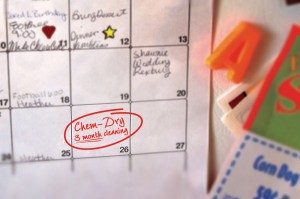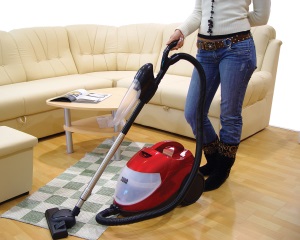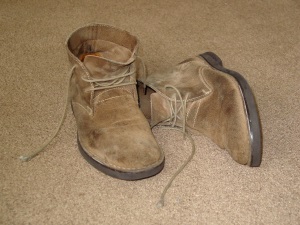 It’s almost time to break out the winter weather shoes. Some are stylish, some are rugged, but all good winter weather shoes have a heavier tread on the bottom compared to off-season shoes. These treads and deep groves make foot travel safer and easier, but are also perfect for collecting soil and debris. With freezing temperatures and snow, salt and extra sand is added to the mix of fiber damaging substances collected in these great treads. With cleanliness and health in mind, winter months may require a little more effort to maintain interior spaces.
It’s almost time to break out the winter weather shoes. Some are stylish, some are rugged, but all good winter weather shoes have a heavier tread on the bottom compared to off-season shoes. These treads and deep groves make foot travel safer and easier, but are also perfect for collecting soil and debris. With freezing temperatures and snow, salt and extra sand is added to the mix of fiber damaging substances collected in these great treads. With cleanliness and health in mind, winter months may require a little more effort to maintain interior spaces.
First off, what is soil exactly? Soil is unwanted substances that lodge themselves within fibers, carried into spaces with traffic. Typically, analysis on general soil samples show that it is comprised of abrasive particles, dander, and vegetable fiber. Add in oily or sticky substances and you’ve added a binder, allowing the soil to glue itself to fibers.
Keeping a building clean and healthy during the winter months all starts within the first 5-6ft of the entry way. This is where most of the damaging soil accumulates. Lay down a matting system that will be resistant enough to the soil that it will be easier to clean than carpet, but heavy enough that it will keep the soil from spreading past that point. You’ll want to cover the first 10 feet around the entry way (five feet on either side of the door).
Next, make sure you have your carpets sprayed with a protective coating after each cleaning. This is actually suggested as a year round maintenance item to keep your carpets looking their best and staying their healthiest. Original factory protectors eventually wear off or are cleaned off. We have a lot more detail on why this is so important in our article How can I keep my carpets, area rugs, and upholstery looking their best.
Make more time to put extra effort into keeping the exterior travel routes clear. Sweep, rake, or blow outside walkways more often. Depending on how much traffic you experience, think about adding exterior matting or grates to collect more soil before the door mat.
Last but not least, have your carpets cleaned and vacuum often. Clean them a little more frequently than you do in the other seasons. Not only do you have the extra soil from winter shoes, there’s also holidays, decorating, and more time spent indoors to track it all around. By adding mats, keeping the exterior walkways to entrances clean, and making sure your carpet is protected, you’ll have a healthier cozy winter.



